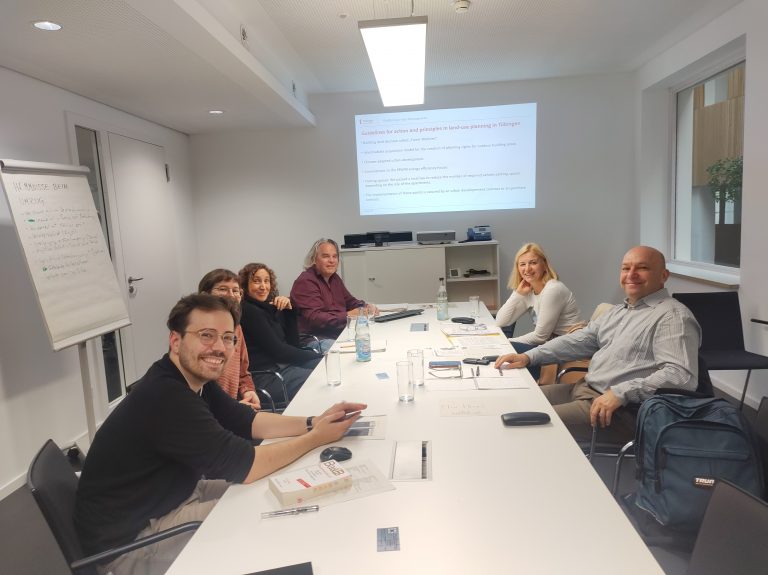By Rikke Borg Sundstrup
From late November to the end of December, I had the opportunity to undertake a secondment in Porto, Portugal, hosted by the Department of Research and Planning at Domus Social, the municipal housing company responsible for managing Porto’s social housing stock. My time there offered valuable insights into how the city addresses the challenges of providing affordable, high-quality housing for low-income and vulnerable residents.
During my stay, Domus Social provided me with valuable insight into their work, both through presentations from staff and by taking me on trips around the city to visit a wide range of social housing areas. These experiences provided a rich understanding of the municipality’s strategies for ensuring affordable, quality housing, ranging from renovation and restoration to redevelopment and partnerships with private actors. I also had the pleasure of presenting my PhD project on tenure-mixed housing areas to the people at Domus Social, which sparked meaningful questions and discussion around differences and similarities in social housing in Portugal and Denmark.
During my secondment, the team at Domus Social took me to several neighborhoods, each reflecting different strategies and challenges within Porto’s housing landscape, some of which I will unfold below.
Ilhas of Porto
All over Porto, some courtyards and alleyways still consist of working-class housing from the late 19th to early 20th century. The narrow, densely packed rows of small houses, tucked behind street-facing buildings and accessed via narrow alleyways, still provide affordable housing for some of Porto’s residents today. Some are privately owned and in poor condition, while others are maintained by Domus Social and Porto Vivo. Together, they help ensure that this historic housing stock meets today’s housing standards through regeneration projects. In central Porto, however, many ilhas have been bought up by private developers and are now rented as holiday homes. Walking through the narrow alleys and seeing ilhas being used for short-term rentals underscored the importance of urban regeneration that preserves affordable housing, ensuring that lower-income residents can remain in the city center instead of being driven out by short-term rentals.
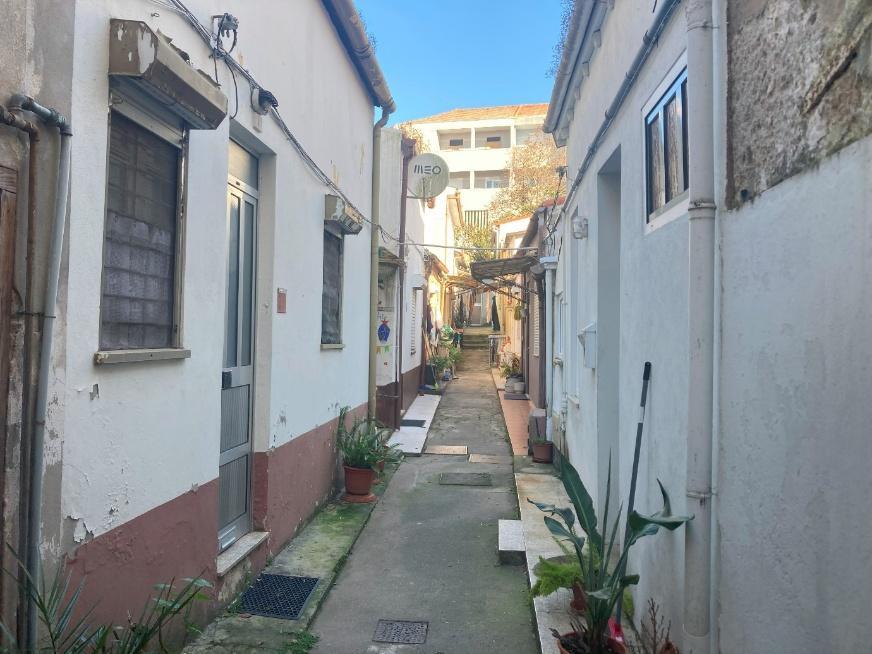
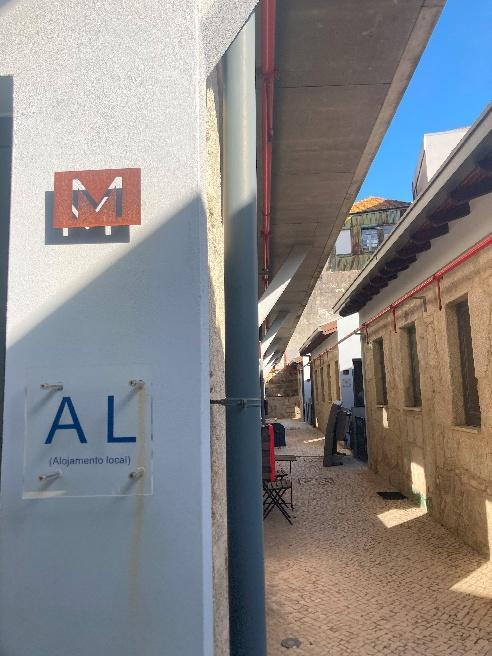
Credit for photos: Rikke Borg Sundstrup
S. Joao de Deus
We visited the regenerated social housing area of São João de Deus, which today comes across as an attractive and well-maintained neighborhood. Before the regeneration, the area faced several challenges—building decay, overcrowding, informal construction, and social stigma. The recent regeneration improved physical conditions, restored architectural coherence, and enhanced public spaces, helping to address many of these problems. That said, challenges remain. The area still suffers from limited connectivity to the rest of the city, and some of the earlier social issues may not be present in S. João de Deus but have instead followed residents who were relocated to other housing estates.
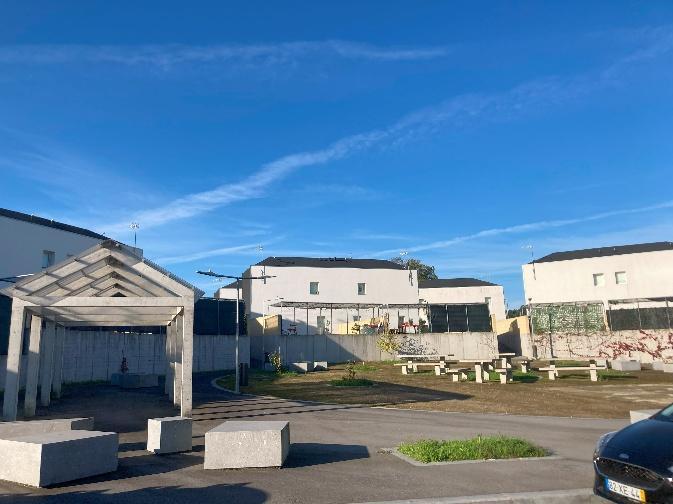
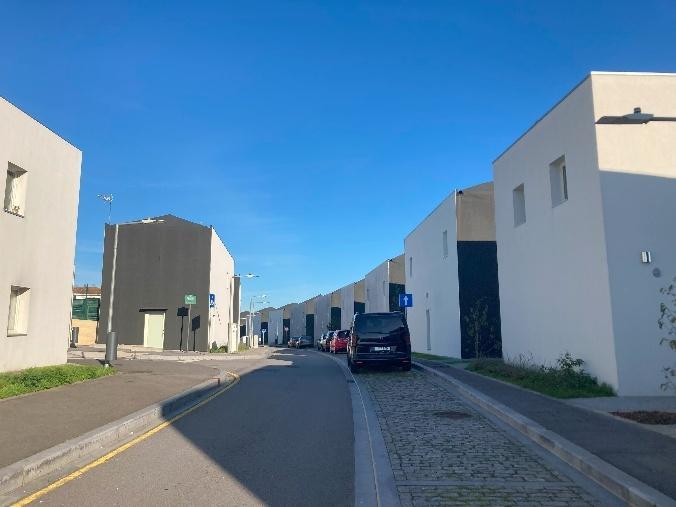
Credit for photos: Rikke Borg Sundstrup
Habitacional da Rainha D. Leonor
We also visited the social housing area of Rainha D. Leonor, originally built in the 1950s. It has recently undergone a major regeneration project aimed at improving living standards and energy efficiency. The number of units was reduced from 150 to 90 to allow for more spacious, modern apartments. Today, the estate appears to be an attractive and functional social housing area, with one of the best views over the Douro River.
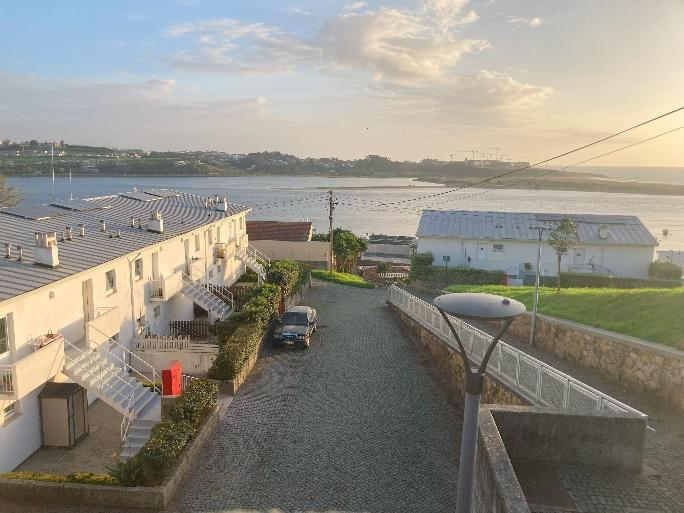
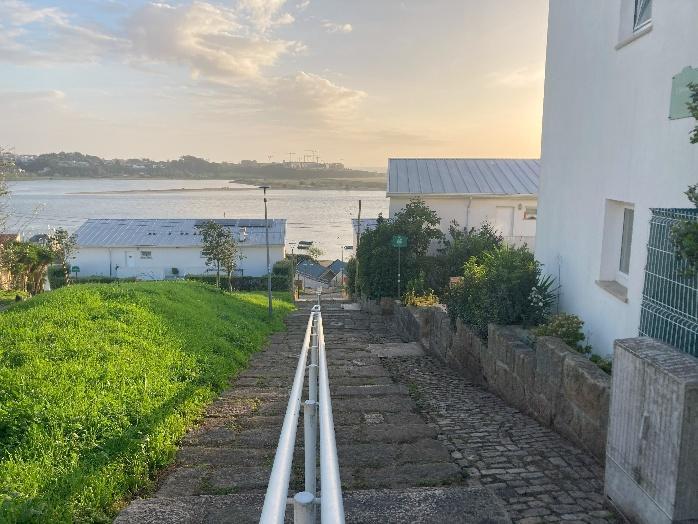
Credit for photos: Rikke Borg Sundstrup
As part of the regeneration of the housing area, three apartment buildings were demolished and replaced with new energy-efficient social housing. This was made possible through a public-private partnership: in return for constructing new social housing units, a private developer was granted the right to build private housing on a more attractive part of the site. This model made use of the neighborhood’s prime location to finance the project, without any direct cost to the municipality.
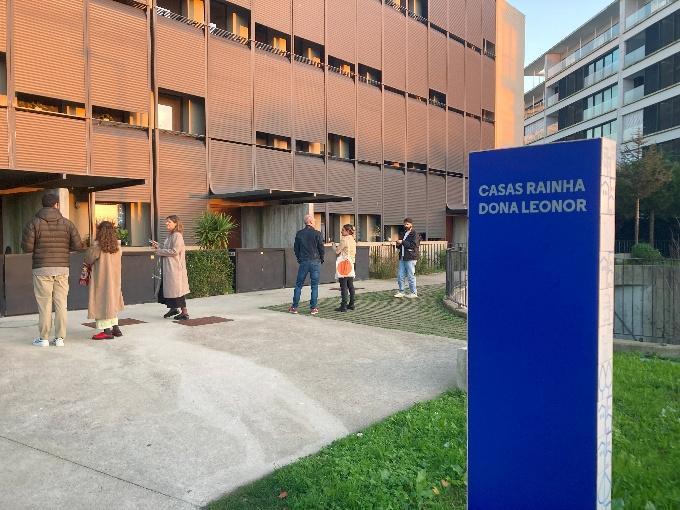
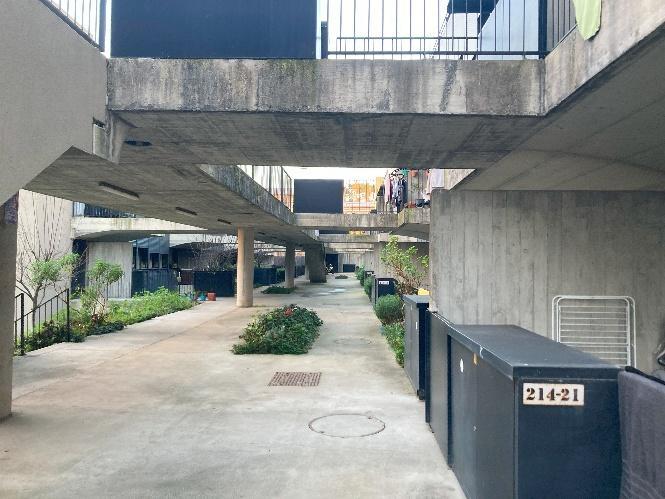
Credit for photos: Rikke Borg Sundstrup
Former grounds of Bairro do Aleixo
We also visited the site of the former Bairro do Aleixo, a social housing area made up of five high-rise apartment blocks built in the 1970s. Over time, the area became increasingly associated with socioeconomic marginalization, gaining a reputation for crime and drug trafficking. To address these challenges, the municipality decided to demolish the estate and redevelop it as a mixed-tenure and mixed-use area. However, even though the demolition was completed back in 2013, the site remains vacant today. The demolition has affected housing areas in the surrounding city, and for some, has spiked an increase in crime and drug trafficking, highlighting some of the challenges of solving social problems through relocating and demolishing.
Agrupamento Habitacional da Pasteleira
We visited Agrupamento Habitacional da Pasteleira in the western part of Porto, which revealed some of the complexities of using demolition as a strategy to resolve social problems. Some parts of the neighborhood have faced ongoing challenges, particularly after the demolition of Bairro do Aleixo. In one part of Pasteleira, made up of apartment buildings from the 1960s and 1970s, issues related to crime and drug trafficking are particularly visible. While the area is well maintained, the area’s physical layout, with enclosed courtyards, blind alleys, and predominantly pedestrian zones, has been perceived as contributing to crime and drug-related activity by limiting visibility and accessibility.
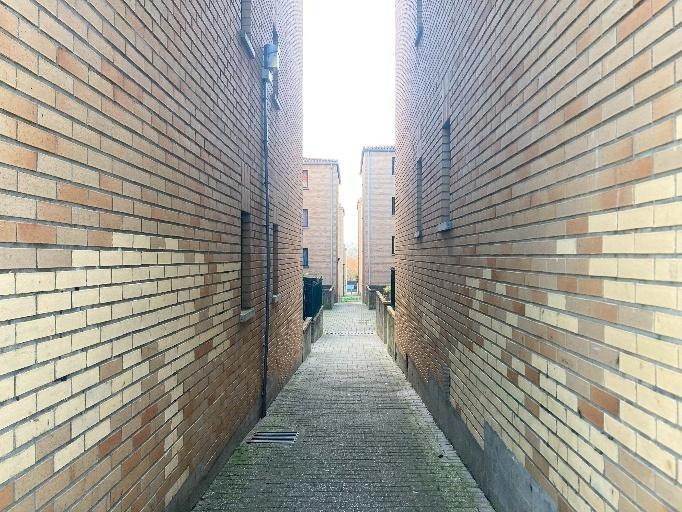
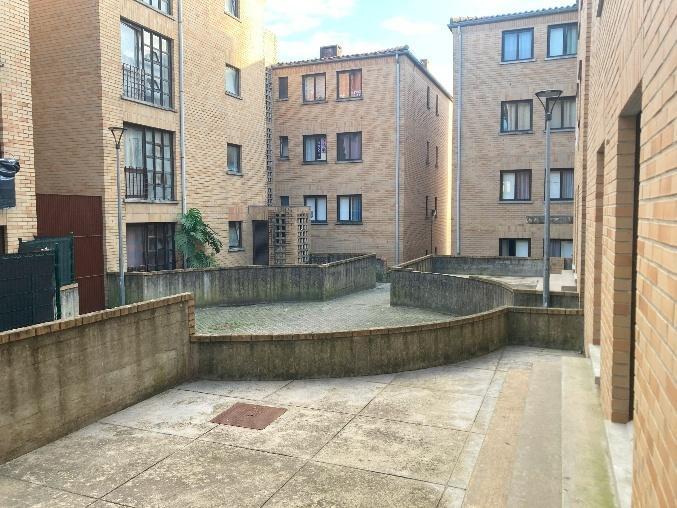
Credit for photos: Rikke Borg Sundstrup
My time with Domus Social offered a valuable insight into how a city like Porto works to ensure affordable housing across different neighborhoods. Visiting a wide range of housing areas—some renovated, some still in transition—highlighted both the potential and the complexity of urban regeneration.
From the preservation of historic ilhas to large-scale projects involving private developers, I saw how different tools are being used to respond to housing challenges. Conversations with the team at Domus Social gave me new perspectives on tenure mix and social housing policy, and reminded me how many of the issues we face in Denmark are shared across borders.

